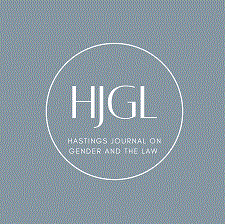
Abstract
Courts and commentators have characterized Title VII as requiring no more and no less than the neutral treatment of men and women. Neutrality has much to recommend it as a normative principle and for many years the neutrality paradigm served women well as a legal strategy. A requirement of neutrality, however, may legally permit any neutral employment practice, whether or not it is more congenial on average to members of one sex. Such strong neutrality principles tend to perpetuate the male-oriented status quo. Gender-conscious neutrality must inevitably rest on some vision of which traits are gendered and how persistent sex differences are likely to be. Central to developing such proposals is the study of empirical evidence on differences between men and women. The quest for alternatives to strong neutrality is not an easy one, and must evolve along with our changing understanding of statistical sex differences. This article proposes a few such steps.
Recommended Citation
Deborah M. Weiss,
All Work Cultures Discriminate,
24 Hastings Women's L.J. 247
(2013).
Available at: https://repository.uclawsf.edu/hwlj/vol24/iss2/8

